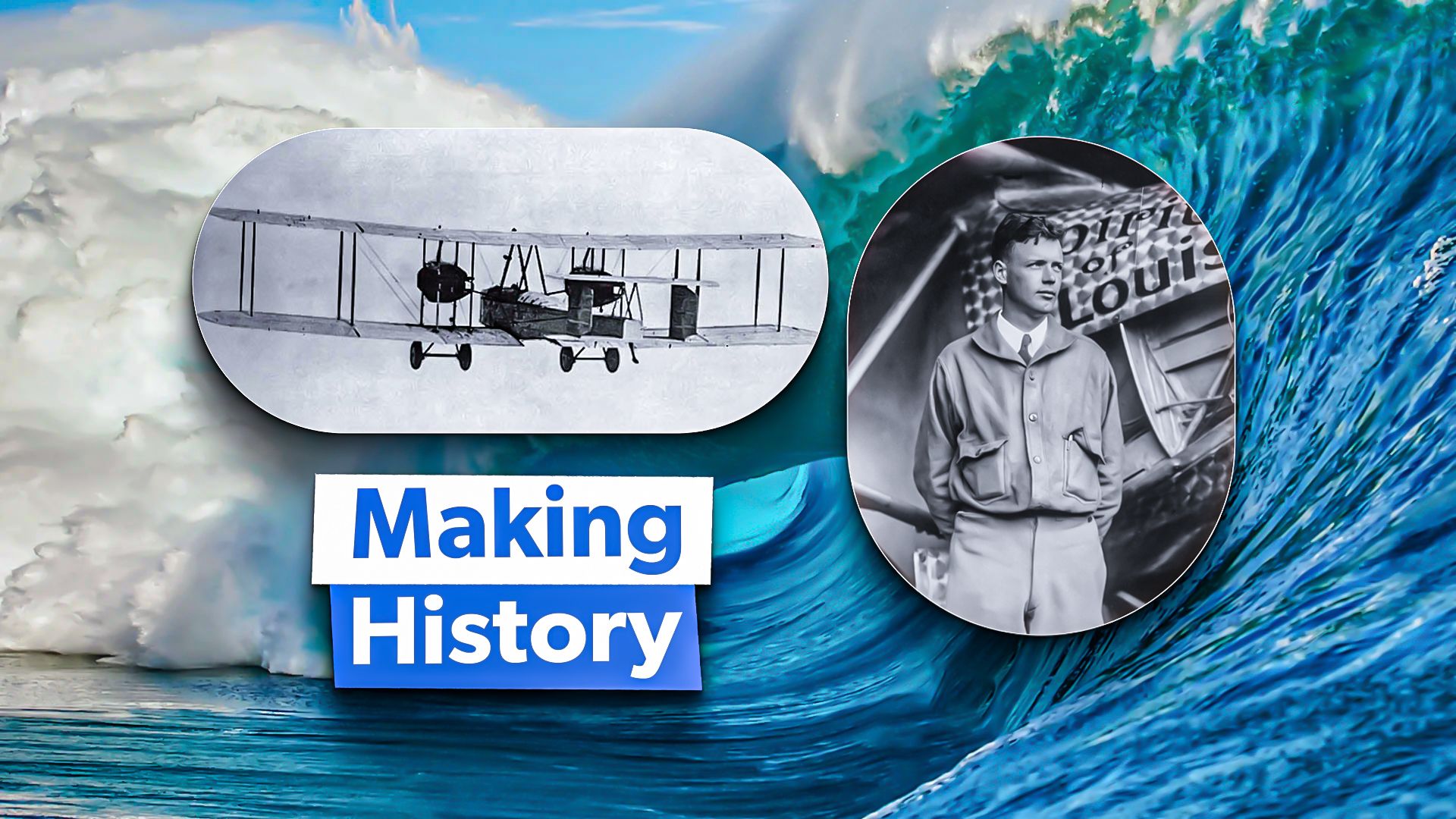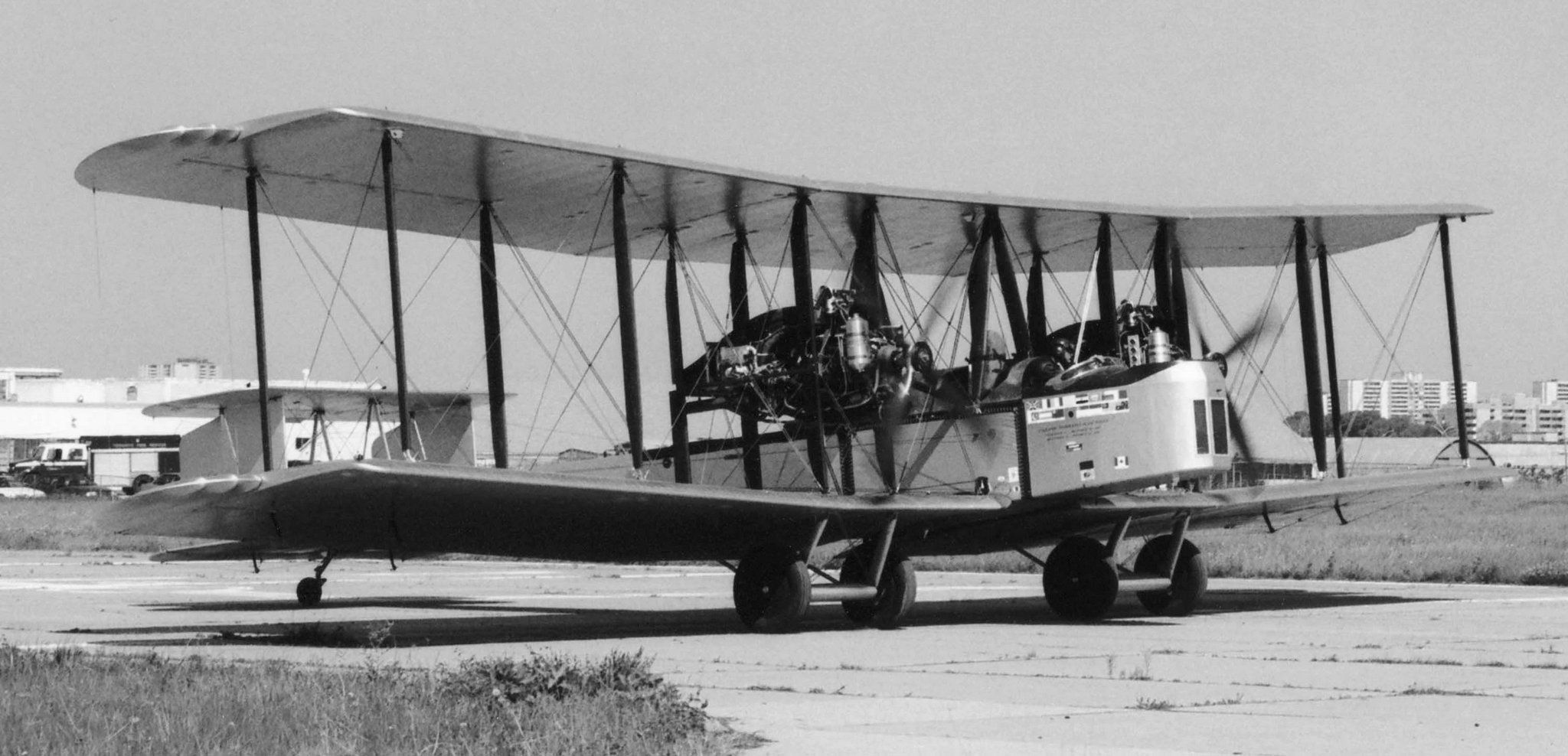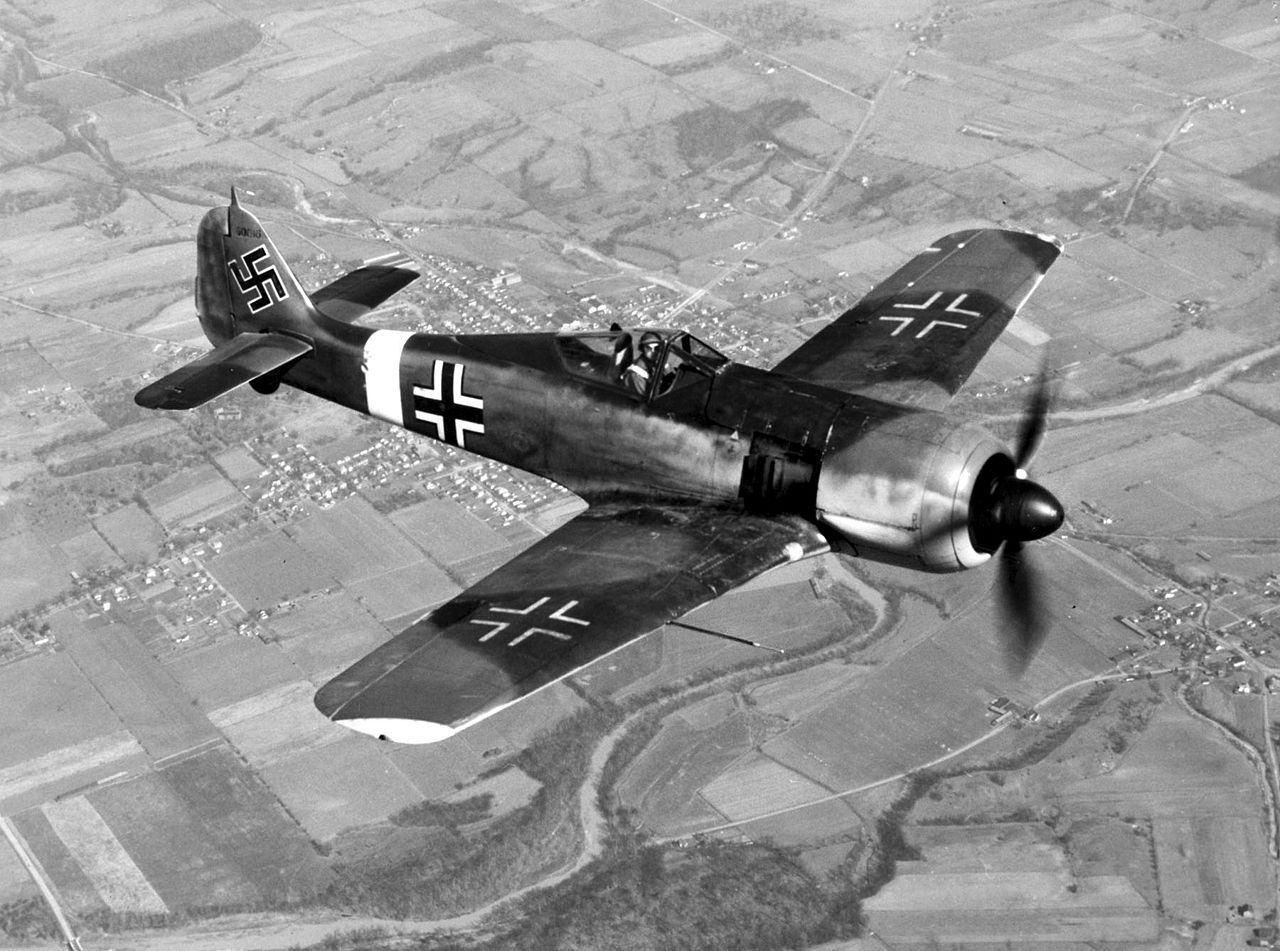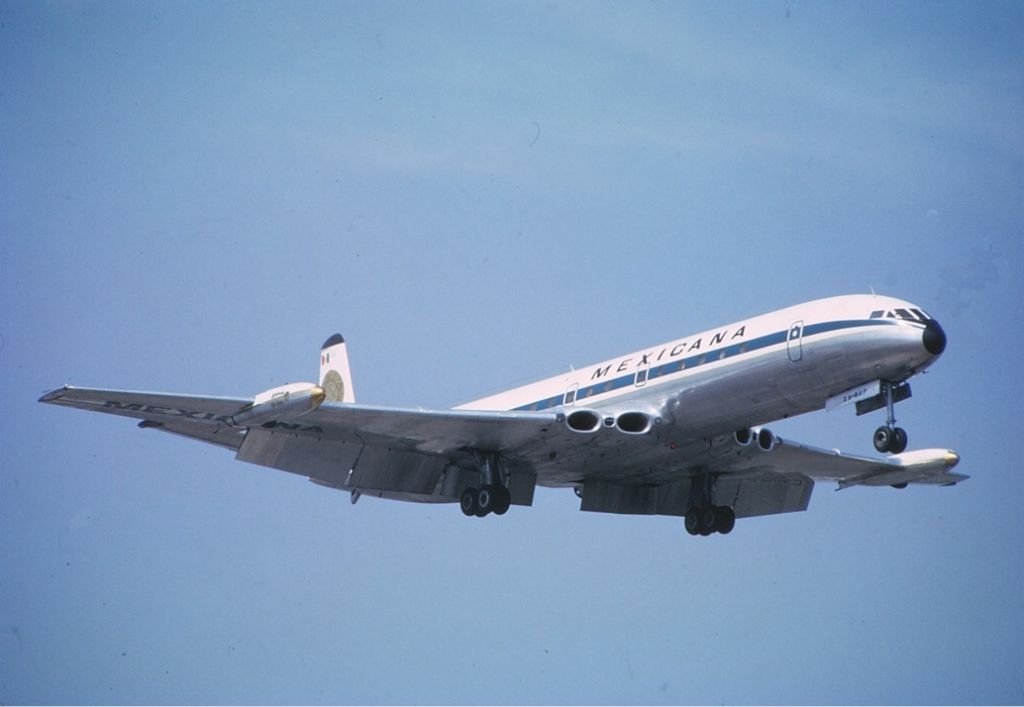Summary
- John Alcock and Arthur Whitten Brown made the first nonstop transatlantic flight in 1919, flying a Vickers Vimy biplane for 16 hours 27 minutes.
- Charles A. Lindbergh achieved the first nonstop solo flight in 1927, flying a Ryan M2 (Spirit of St. Louis) for 33 hours 30 minutes.
- Lufthansa operated the first nonstop transatlantic passenger flight with a land-based aircraft in 1938, flying a Focke-Wulf Fw 200 “Condor” for 24 hours 55 minutes.
Hundreds of transatlantic flights run each day, transporting millions of passengers annually. A hundred years ago, flying for hours over water was considered almost impossible, let alone crossing the Atlantic. Simple Flying compiled a list of firsts in transatlantic flights.
1
First nonstop transatlantic flight of any kind
John Alcock and Arthur Whitten Brown
| Date | June 14, 1919 |
|---|---|
| Aircraft | Vickers Vimy |
| Pilots | John Alcock and Arthur Whitten Brown |
| Distance | 1,890 miles across the Atlantic |
| Origin | Lester’s Field, St. John’s, Newfoundland |
| Destination | Clifden, County Galway, Ireland |
| Flight duration | 16 hours 27 minutes |
Pilots John Alcock and Arthur Whitten Brown of the Royal Air Force (RAF) achieved the challenging feat onboard a Vickers Vimy F.B.27A Mk.IV biplane bomber. Following a comprehensive aircraft preparation, the pilots took off from Lester’s Field in St. Johns at 16:13 GMT on June 14, 1919.
The crew faced several challenges on the way, including heavy fog, snow, icing, and severe turbulence. Despite the obstacles, the pilots crossed the Atlantic and reached the coast of Ireland. The pair landed on soft ground in Clifden, Ireland, at 08:40 GMT the following day. The aircraft was damaged during approach due to a nose pitch-over, but the pilots were not hurt.
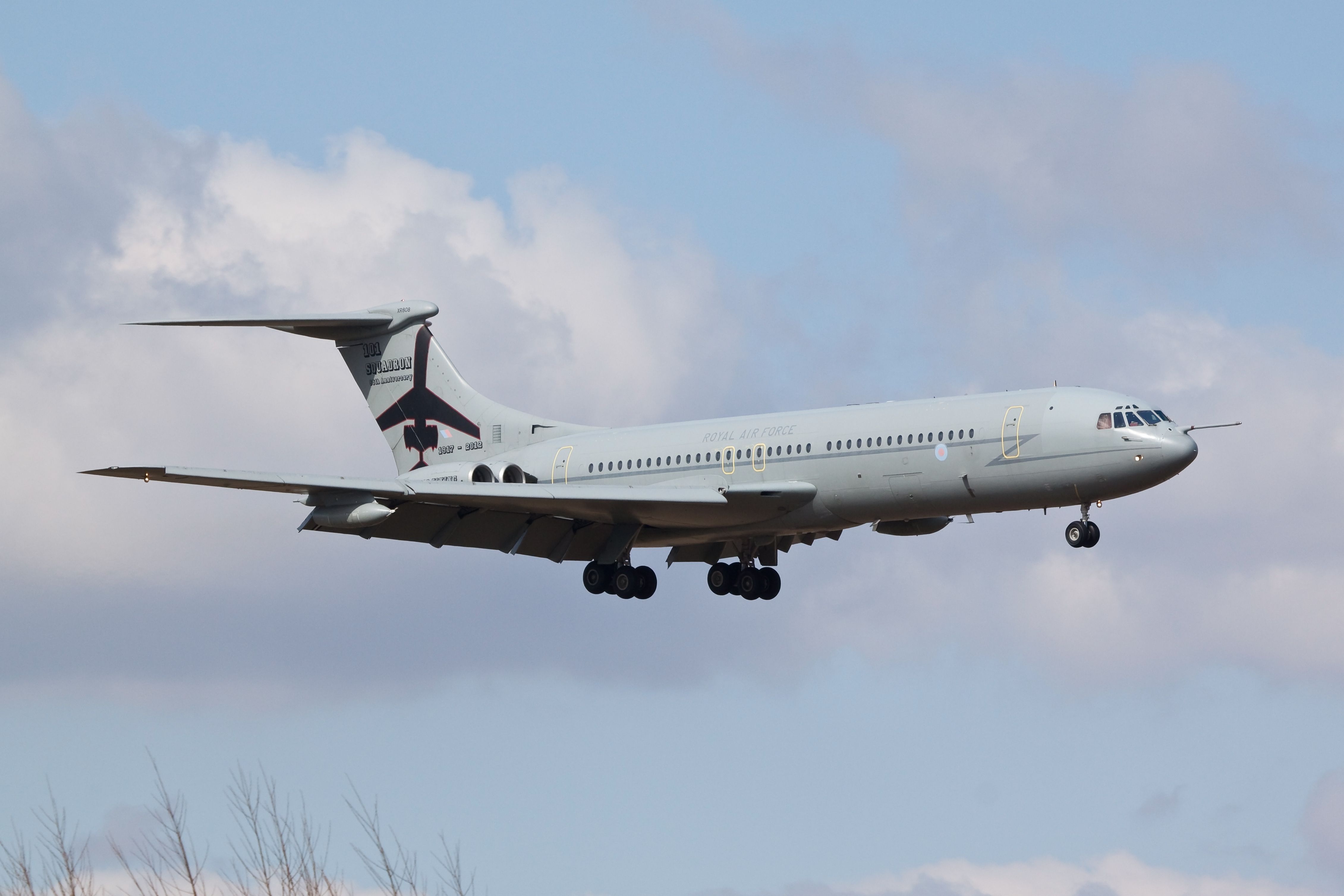
Related
Why Was The Vickers VC10 So Successful With Military Operators?
The VC10 was popular with BOAC but went on to be operated almost entirely by the RAF.
2
First nonstop solo flight
Charles A. Lindbergh
| Date | May 21, 1927 |
|---|---|
| Aircraft | Ryan M2 (Spirit of St. Louis) |
| Pilots | Charles A. Lindbergh |
| Distance | 3,610 miles |
| Origin | Long Island, New York |
| Destination | Paris, France |
| Flight duration | 33 hours 30 minutes |
In May 1927, Charles A. Lindbergh became the first person to perform a transatlantic flight from New York to Paris in a highly modified Ryan M-2 aircraft (Spirit of St. Louis).
According to the Smithsonian National Air and Space Museum,
“In 1919 New York hotel owner Raymond Orteig offered a $25,000 prize for the completion of the first nonstop flight between New York and Paris. Early in 1927, Charles Lindbergh obtained the backing of nine St. Louis investors to compete for the prize.”
Despite the fog, inclement weather, and sleep deprivation, Lindbergh completed the feat in 33.5 hours. The pilot achieved what many had failed to do before him.
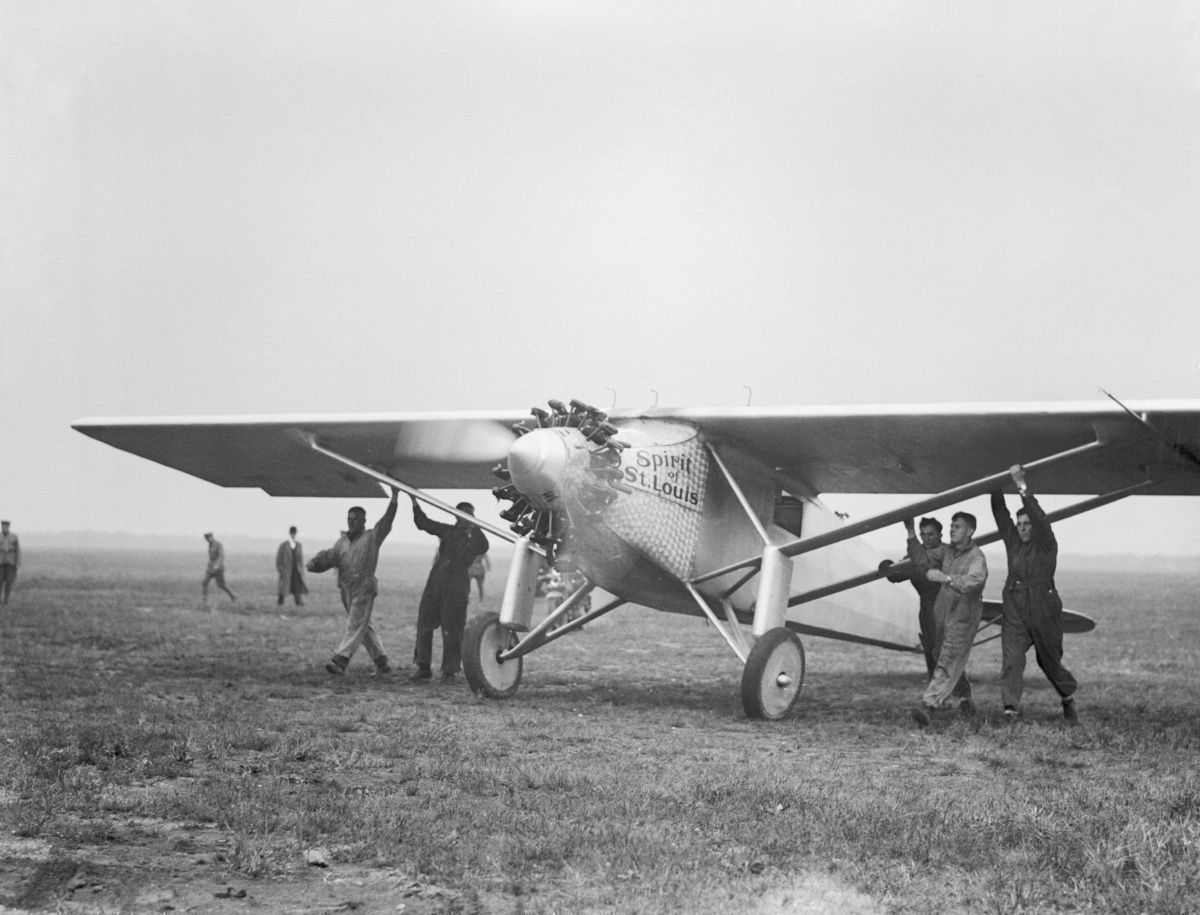
Related
How the Spirit of St. Louis Won The Orteig Prize
3
First nonstop passenger flight with an airship
Eckener and Lehmann
| Date | October 11, 1928 |
|---|---|
| Aircraft | LZ 127 Graf Zeppelin Airship |
| Pilots | Hugo Eckener, Commander, and Lehmann, First Officer |
| Distance | 6,168 miles |
| Origin | Friedrichshafen, Germany |
| Destination | NAS Lakehurst, New Jersey |
| Flight duration | 111 hours 44 minutes |
Under the command of Higo Eckener, the first nonstop passenger flight with an airship took place on October 11, 1928. The flight left Friedrichshafen, Germany, and arrived at NAS Lakehurst, New Jersey, four days later, on October 15, 1928.
While the preparations for the flight had been going on for years, it was not until the aircraft, route markers, and crew were ready for the feat. The Graf Zeppelin traveled over 6,000 miles despite several meteorological and navigational challenges. As Lady Grace Drummond-Hay, a British journalist, described in the publication,
“The Graf Zeppelin is a ship with a soul. You have only to fly in it to know that it’s a living, vibrant, sensitive and magnificent thing.”
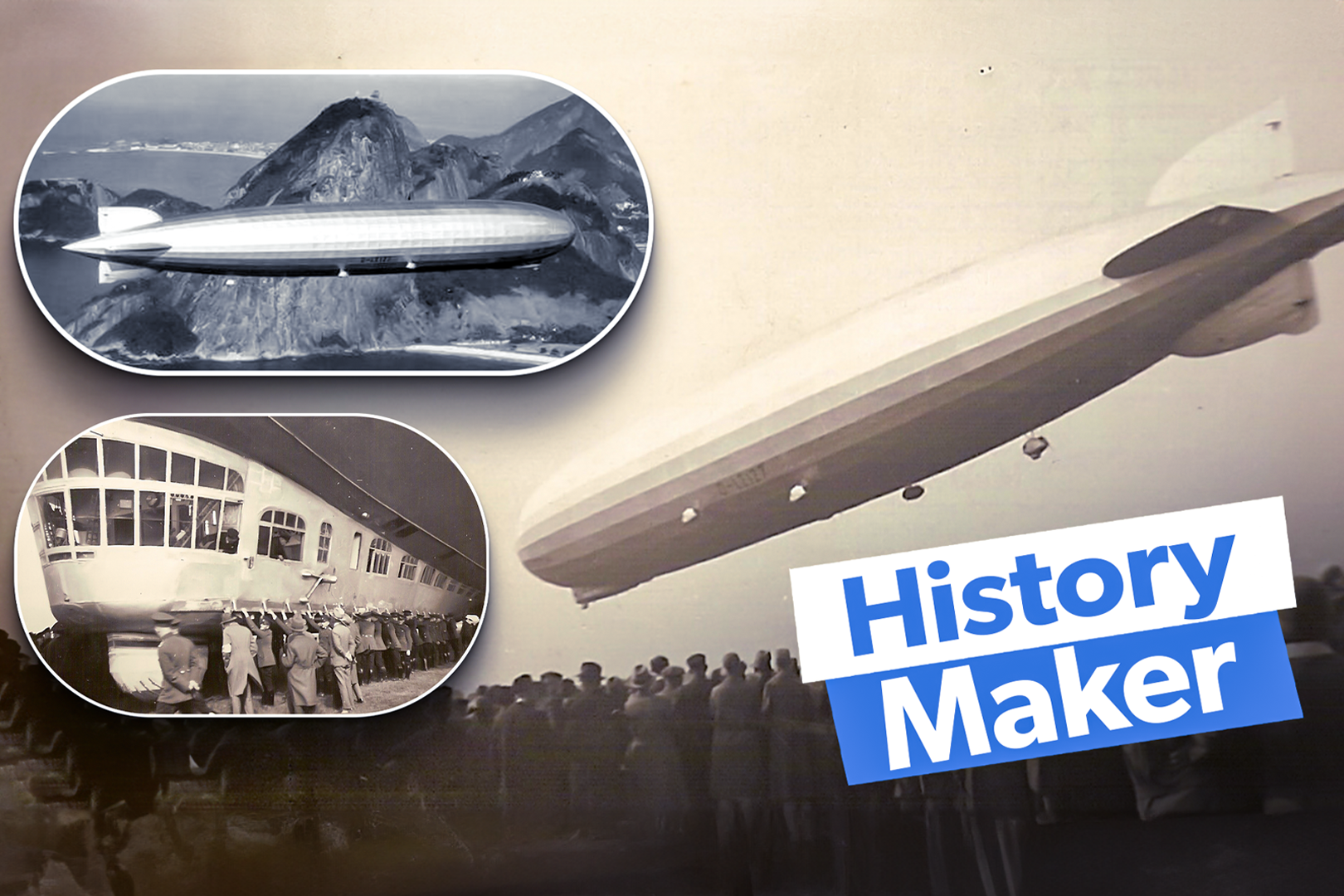
Related
Graf Zeppelin: 5 Fun Facts About The First Successful Transatlantic Commercial Passenger Flight
The transatlantic passage of the Graf Zeppelin was a monumental development in commercial aviation overshadowed by Pan Am’s flying boats.
4
First nonstop passenger flight with a land-based aircraft
German flag carrier Lufthansa
| Date | August 10, 1938 |
|---|---|
| Aircraft | Focke-Wulf Fw 200 “Condor” |
| Operator | Lufthansa |
| Distance | 3,728 miles |
| Origin | Berlin, Germany |
| Destination | Brooklyn, New York |
| Flight duration | 24 hours 55 minutes |
Nearly 86 years ago, Lufthansa operated the first nonstop transatlantic passenger flight with a land-based aircraft. On August 10, 1938, Lufthansa flew a German-based Focke-Wulf aircraft for nearly 25 hours from Berlin to New York, making it a historic event in commercial aviation.
A spokesperson from Lufthansa states, as reported by Forbes,
“As the world’s first four-engined, land-based passenger aircraft, with its record time, the Fw 200 indicated the possibilities of transatlantic air travel in the future. The revolutionary aircraft offered room for 26 passengers who traveled in comfortable upholstered seats. For the first time, specially-trained stewardesses were employed onboard and looked after the passengers.”
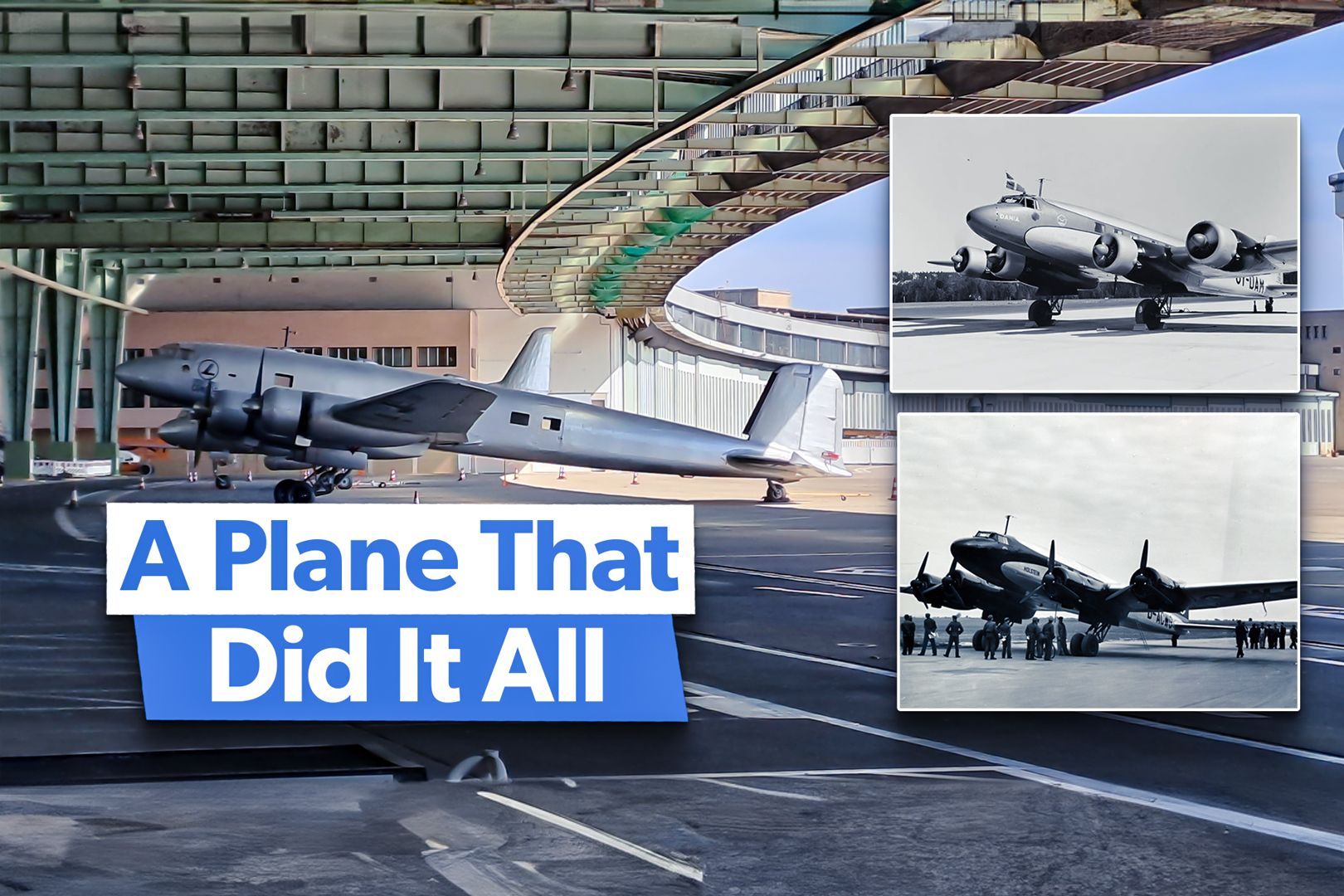
Related
More Than Just An Airliner: The Story Of The Focke-Wulf Fw 200 Condor
Between 1937 and 1944 Focke-Wulf built 276 Fw 200 Condor aircraft.
5
First transatlantic commercial jet flight
British Overseas Aircraft Corporation (BOAC)
| Date | October 4, 1958 |
|---|---|
| Aircraft | de Havilland DH.106 Comet |
| Operator | BOAC |
| Distance | 3,550 miles |
| Origin | Idlewild Airport, New York |
| Destination | London Heathrow |
| Flight duration | 6 hours 12 minutes |
The British Overseas Aircraft Corporation (BOAC) became the first to perform a scheduled transatlantic commercial jet flight. On October 4, 1958, two simultaneous jet aircraft flights were run. One is eastbound from New York to London (Registration APDB), and the other is westbound from London to New York (G-APDC).
The Independent states that one of the flight attendants, Peggy Thorne, on the New York service shared the experience, saying,
“It was marvellous. We were used to travelling to New York on Boeing Stratocruisers which took up to 20 hours. We couldn’t believe the flight was possible in such a short time. There were all sorts of dignitaries on board, press and the chairman of BOAC. It was a thrilling experience. We served customers Madeira biscuits and coffee when they came onboard, followed by cocktails and canapes, and then a five-course lunch with wines. [Passengers] ate and drank from when they got on board until the time they got off.”
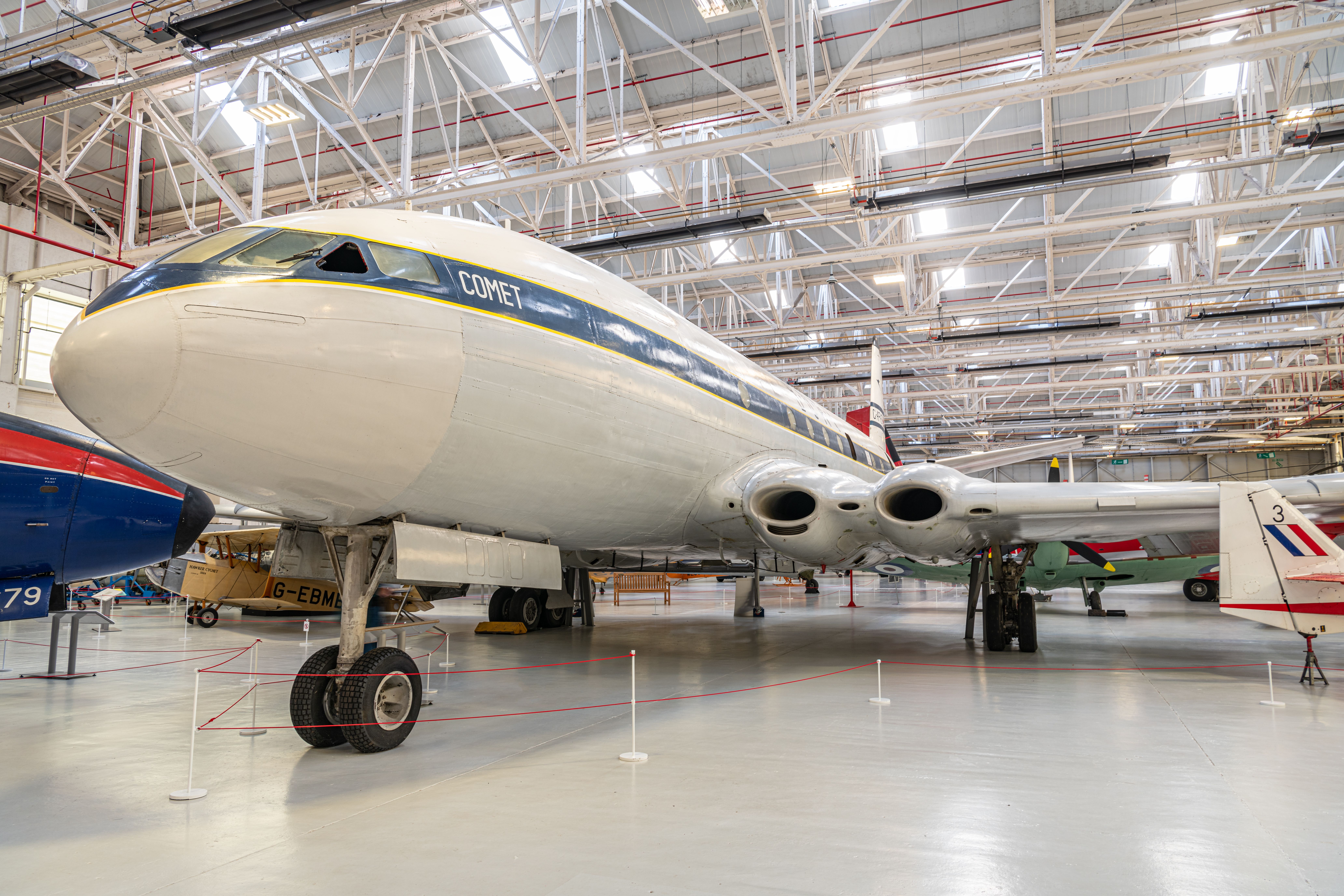
Related
How The De Havilland Comet Kickstarted The Jet Age
The famous jet is known for its glamour alongside its longstanding issues.
What are your thoughts on the firsts in transatlantic flights? Share your views in the comments section.
